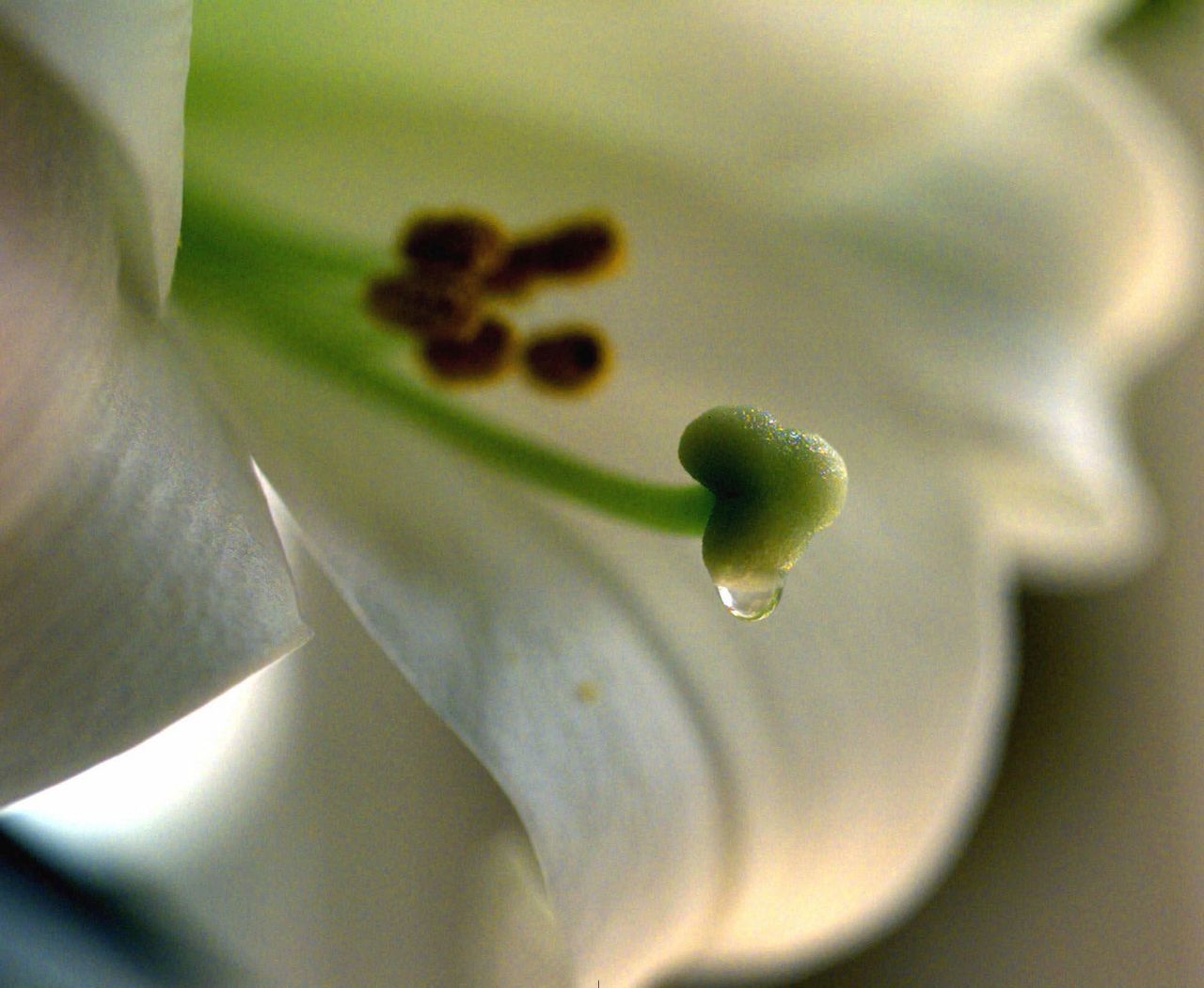As family and friends gather this weekend to celebrate Easter, a popular flower may brighten the table as a centerpiece, the Easter lily. If you have pets, including cats, be sure to keep the flowers out of their reach.
This beautiful flower captures the spirit of Easter. Its white color with a trumpet-like shape makes it the ideal flower to welcome in the new season. Hailed to Christians as the “white-robed apostle of hope,” the Easter lily remains an important part of Christianity.
Just like cherry blossoms, the Easter lily arrived in the United States from Japan. A soldier named Louis Houghton returned to his home state of Oregon with lily bulbs following World War I.
He and his horticultural friends planted the bulbs along the Oregon-California border. This region has prime growing conditions for lilies and has since become known as the Easter lily capital of the world.

While these trumpet-like flowers emit beauty and fragrance, they are also dangerous to our pets, especially cats. According to aspca.org, if a cat ingests even a tiny amount of this plant, it can cause dangerous symptoms, including kidney failure, and lead to death.
Early signs that your cat may have eaten this plant include vomiting, lack of appetite and lethargy. Seek immediate medical attention.
Even though lilies are nontoxic to dogs and horses, owners should still keep these plants away from them.
If you suspect your pet may have ingested a potentially toxic substance, call your vet or the APCC at (888) 426-4435 as soon as possible. A consultation fee may apply.
Our team of meteorologists dives deep into the science of weather and breaks down timely weather data and information. To view more weather and climate stories, check out our weather blogs section.



